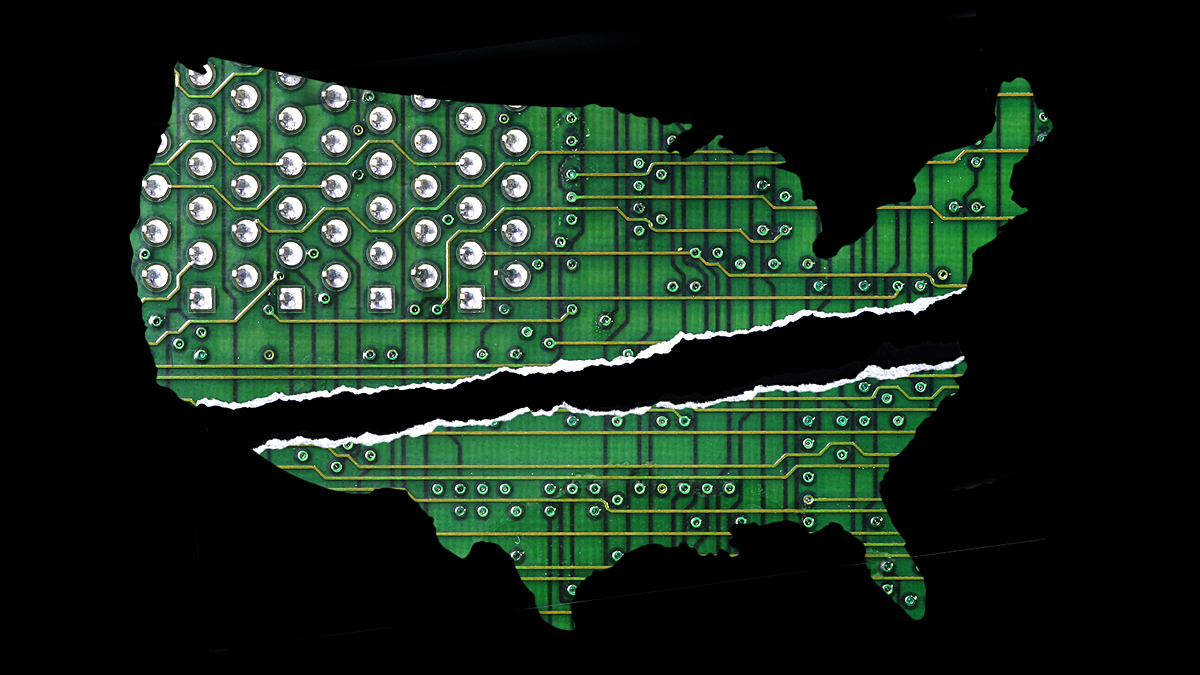Our world is becoming more and more technologically interconnected by the second. Access to the internet and digital technologies has become more than just a convenience, but instead an absolute necessity for any sort of success. In the current golden age of digital reliance, we’re experiencing, or as some sources say, “A golden age of innovation,” the digital divide remains a significant barrier to equal global progress. This article will be splitting it up into 2 categories which are the lack of or abundance of digital technologies, and how and when we utilize them.
The digital divide is a complex issue rooted in economic, educational, geographic, and social disparities. It can be caused by the lack of availability of technology, but oftentimes it is caused by the correct or incorrect use of digital tools that are provided. Though there is truly no “wrong” way to use digital technology, people who use it with purpose, such as reading the news, doing school work, or trying to learn new topics, are more likely to get something useful or life-changing out of it. However, someone who uses it to watch funny cat videos may not benefit from the very same digital technologies nearly as much. We see this with our newest generation, Gen Alpha, where from the start most were never given technology with a purpose, so now most of the younger generation is addicted to using the internet for entertainment instead of educational and innovative purposes.
Looking at the educational side, as classrooms increasingly integrate technology into learning, students without access to essential devices or a reliable internet connection are at a massive disadvantage. The COVID-19 pandemic further highlighted this issue, with many students forced into remote learning environments. While some could seamlessly transition to virtual classrooms, others struggled due to the lack of necessary tools. This is why we saw that after the pandemic many low-income students struggled when returning to an in-person school environment since they didn’t have the tools to grasp the basic concepts that they needed for future classes. The National Institute of Health reported, “While many schools have abruptly adopted remote learning to continue students’ schooling in response to the outbreak, students from lower-income households experience a “digital gap” due to the lack of reliable access to the Internet and other digital resources (e.g., computers) at home, potentially affecting their learning.” We see how low-income students have fewer opportunities for education, especially during COVID-19, due to the digital divide.
Geographically speaking, both the US and our world are technologically divided. We can easily see this when observing the correlation between a state’s IQ and its technology usage. An example is Massachusetts, it has the #1 highest IQ at 104.3 and is also in the top 5 for the most technological usage. If we look at a state like Mississippi, which has the lowest IQ at 94.2, and also has the least technoligical usage, we can see the direct correlation.
Lastly, the economic aspect is the most detrimental. The digital divide loops people affected by it in a vicious cycle for generations, making it hard to get out of the cycle of low income. Low income families usually enroll their children in substandard public schools that don’t give students as many opprotunities as they need for success. Sometimes the student drops out to help their family financially, while others finish up high school and go straight into low paying jobs- not having enough money for college, neither having the resources for scholarships. From there, they fall into their parent’s footsteps, having the same jobs and giving their kids the same life. It’s a vicious cycle that a lot of low income families face that the digital divide only reinforces. Adding on to this idea, in this generation especially, being up to date with new technoligy is crucial for most high-paying skills. Without this knowledge, there’s only small opportunities available.
Addressing the digital divide is a complex and ongoing challenge, in order to address this issue it would require commitments from governments, businesses, and communities to work together to ensure that everyone has equal access to the opportunities provided by digital technologies.

